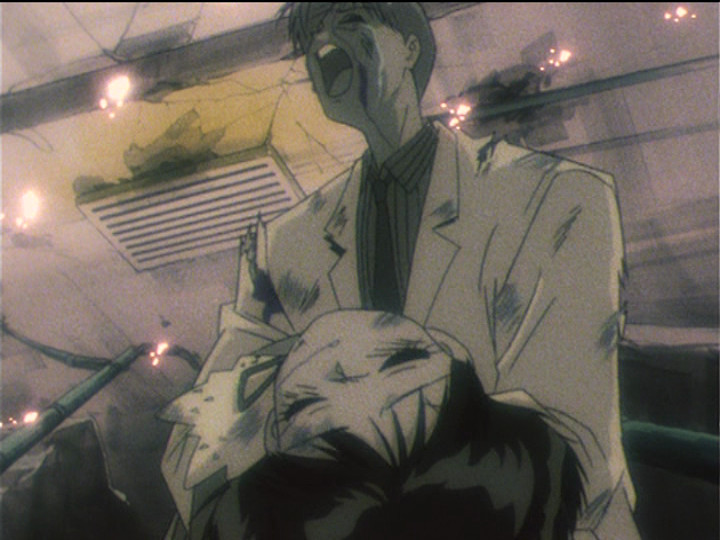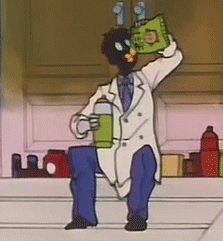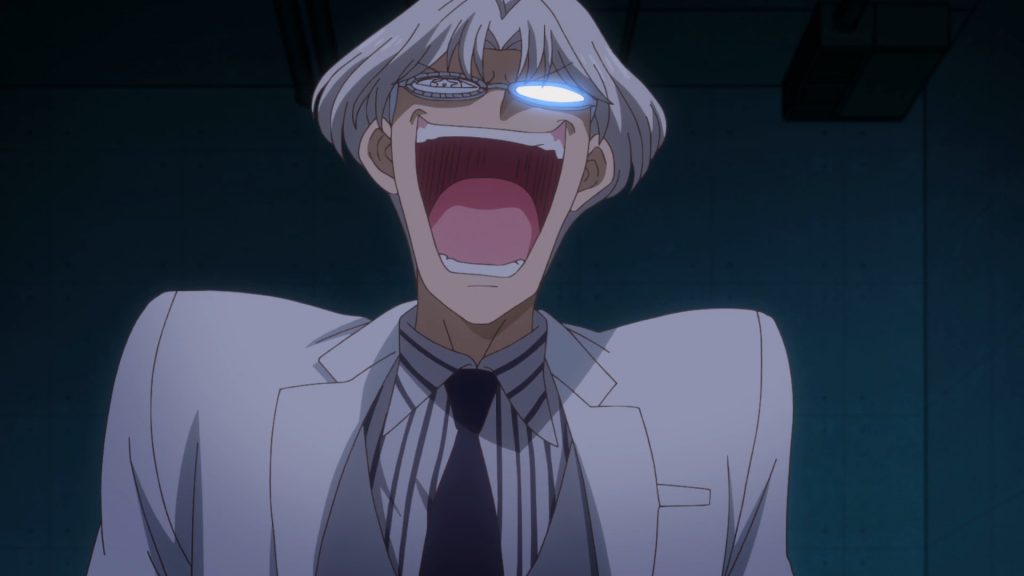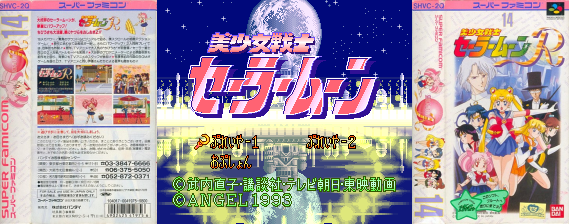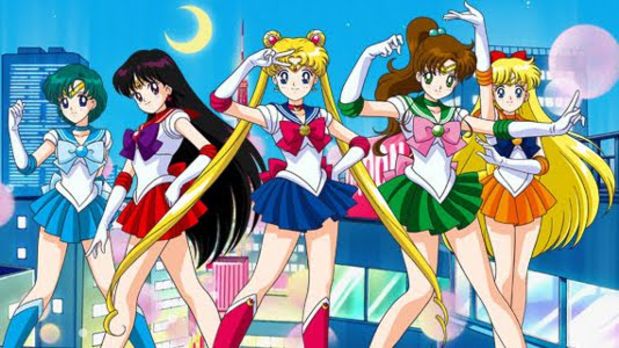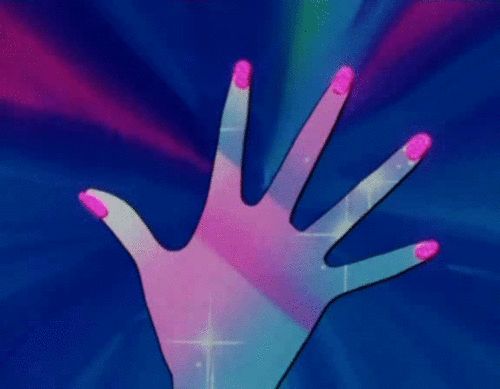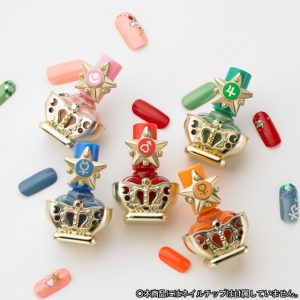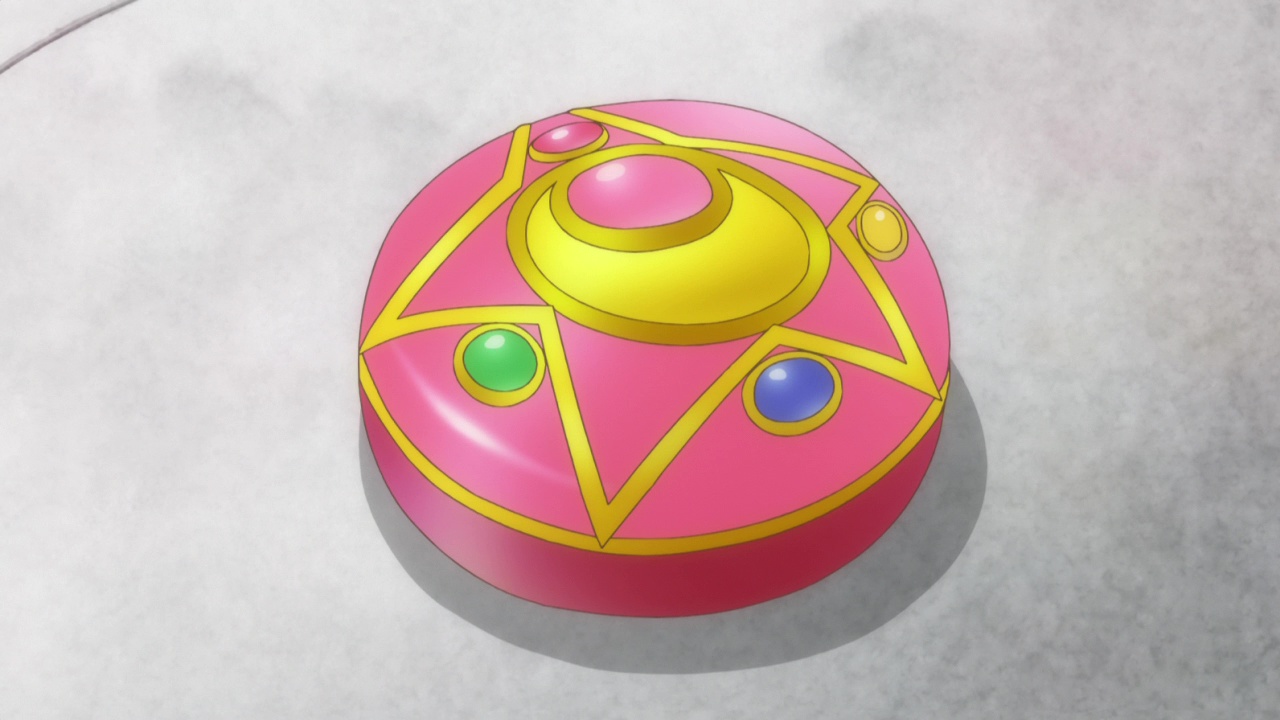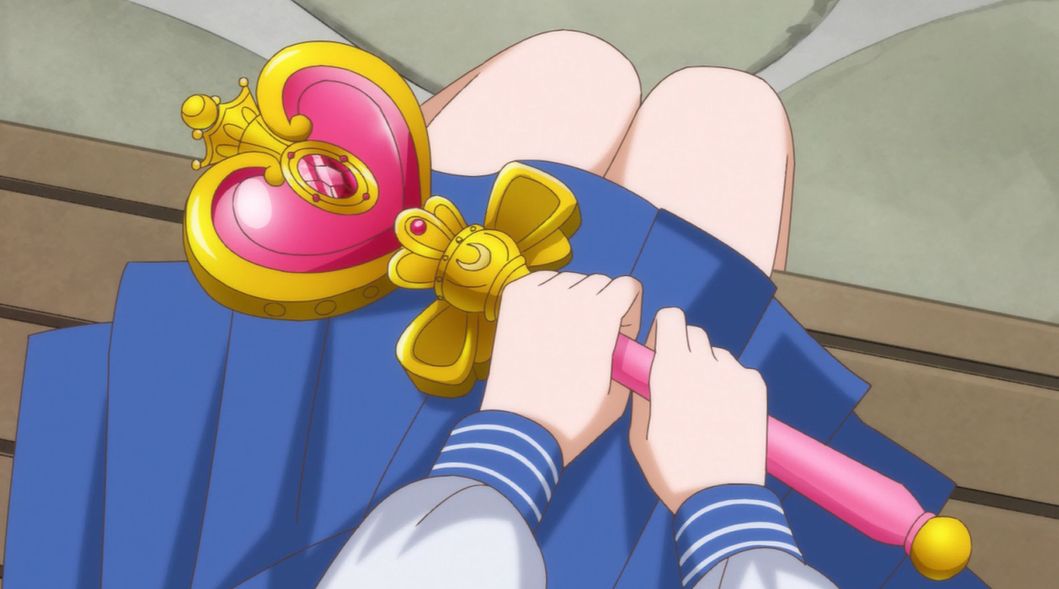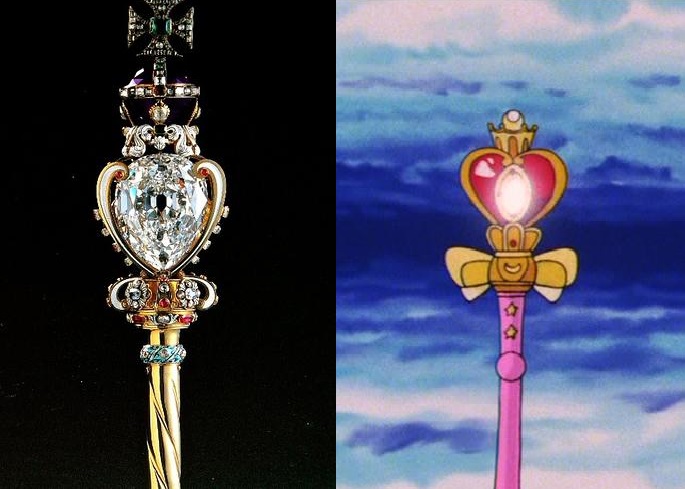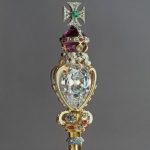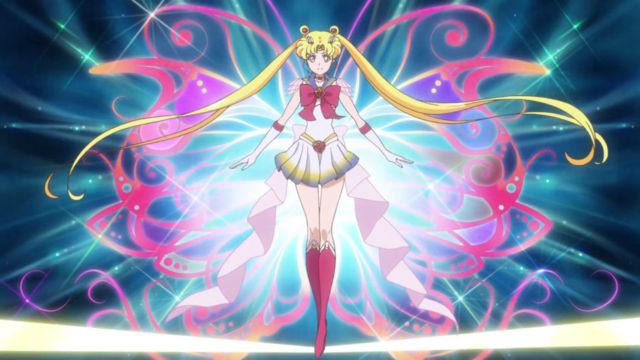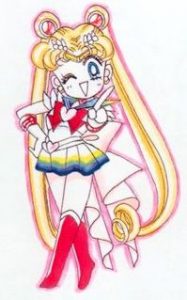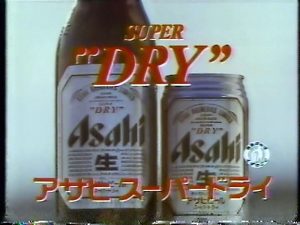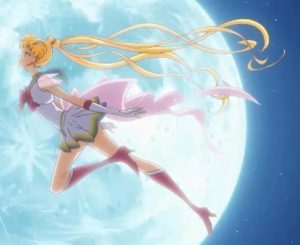Now, far be it from me to pass judgment on what makes a good and bad parent, but I’ve always found it… questionable that Professor Souichi Tomoe chose to implant a daimon egg in his daughter (and only surviving member of his family after the tragic death of his wife), which ultimately allowed Mistress 9 to take control of Hotaru. While this plot device – or one like it – was obviously necessary for the progression of the Death Busters story arc, I wasn’t completely satisfied with that answer. After all, Ms. Takeuchi is pretty well known for putting meaning behind the most insignificant details, right? While most of what’s written in this post is just speculation on my part, I think there’s enough evidence to at least give it some serious consideration. So let’s take a closer look!
While I’m generally a fan of the Occam’s Razor1 school of thought (i.e., that the simplest explanation is the most likely to be true), when it comes to explaining the personalities and backgrounds of the characters of the Sailor Moon series, Ms. Takeuchi has proven to prefer depth and complexity. In order to answer the question about Hotaru and her father’s questionable parenting practices, we again look to Greco-Roman mythology for a little context.
Cronus, the Greek god on which Saturn was based,2 had something of a bad habit when it came to eating his own children. Seeing as he had castrated and overthrown his own father, Uranus, in order to become the ruler of the universe,3 it’s somewhat understandable that Cronus would worry about his own children wanting to topple him. In fact, he was told by Uranus and Gaia (his mother) that his own son would be his undoing. In order to put a stop to that, he would eat his children shortly after they were born.
Though canonically we would accept Hotaru as the character representative of Saturn/Cronus when it comes to her portrayal within the Sailor Moon series – indeed, Saturn was often depicted with a scythe/sickle similar to the Silence Glaive – I wonder if it’s also possible to look at the story as it’s applied to her. Though Professor Tomoe clearly cared about his daughter and sought to save her life, implanting the daimon egg within her and allowing Mistress 9 to possess Hotaru seemed to be connected with his desire to further his research (which is what caused the accident in the first place) and completely separate from his efforts to keep Hotaru alive.
While one could naturally point out the obvious difference in eating your own children and what Professor Tomoe did, the results are not so dissimilar when you take a look at the motivations behind them: like Cronus, Professor Tomoe was willing to sacrifice his own child in order to further his own goals in his quest for power.
This could all very well be just a coincidence, but seeing how much effort Ms. Takeuchi went even to match up star signs and birthdays for all of the characters, it’s definitely not out of the realm of possibilities. So what do you think? Do you think that Professor Tomoe’s treatment of Hotaru was in reference to the Greek origins of the character? Just a plot device? Maybe some other theory…? I’d love to hear it!
